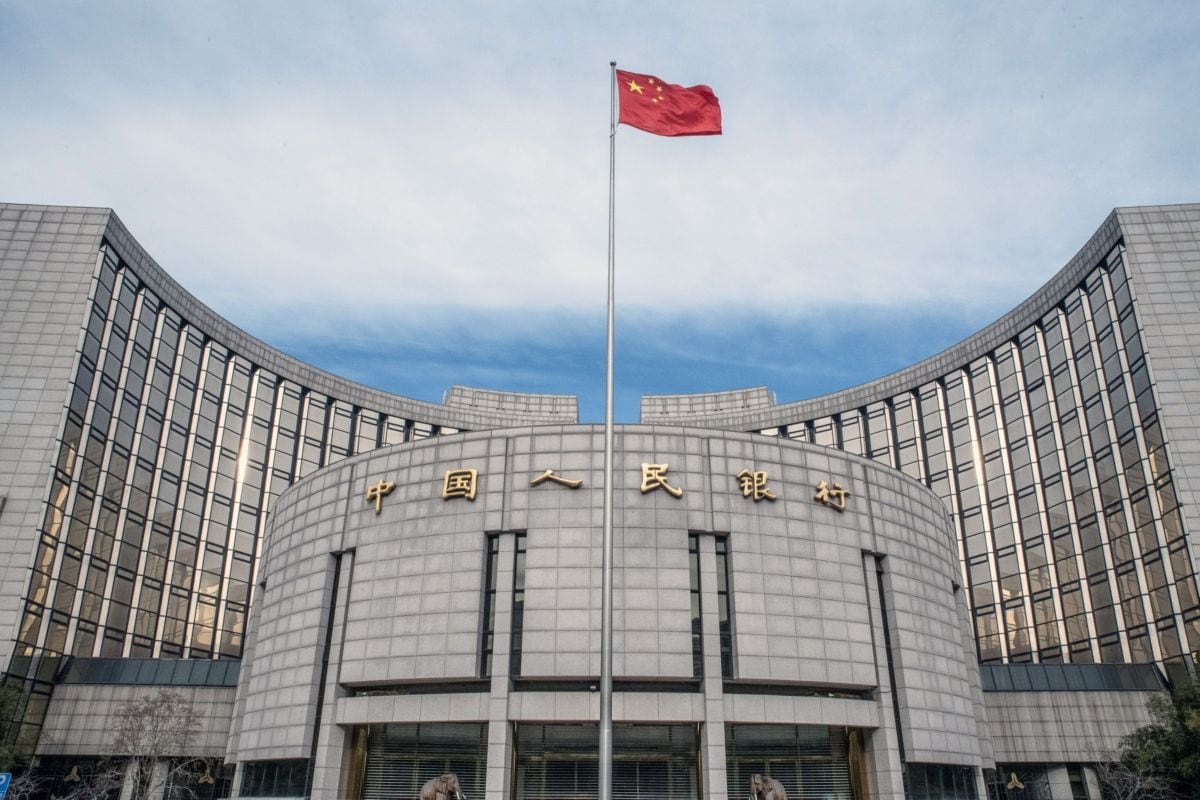
Latin America is becoming a destination for Chinese loans again, after the pandemic of covid-19 lead to a suspension of such agreements in a region that has received about $136 billion in debt from state-owned banks in the Asian giant.
Brazil, Barbados and Guyana last year received a total of $813 million of the China Development Bank and the Export-Import Bank of China, according to a report released Friday by the US-based think tank Inter-American Dialogue and Boston University. While they are well below the totals they were lending a decade ago, the new deals – focused on infrastructure and social projects – are a sign that banks are re-engaging in the region.
China is focusing more on a geopolitical approach to how it issues debt, said Margaret Myers, director of the Inter-American Dialogue and fellow at the Woodrow Wilson Center, who wrote the report with Rebecca Ray, a fellow at Boston University’s Center for Global Development Policy. .
“There has been a reassessment both by the Chinese government and within the banks themselves about how to do business,” Myers said.
Focus is a drastic change from the previous era. In 2010, the China Development Bank alone issued more than $35 billion in loans to the region. Many of the banks’ agreements – including a part of the $60 billion that he sent to Venezuela – ended in extensive restructuring. The lenders are still in talks over debts accumulated by Ecuador, Argentina and Suriname, and could face new negotiations with Costa Rica and Guyana, according to the report.
Lending to the region was completely suspended in 2020 during the covid-19 pandemic. They provided a loan in 2021 to Trinidad and Tobago to purchase vaccines and medical equipment. Last year, the banks granted loans to Banco do Brasil SA, and to the governments of Barbados and Guyana.
Latin American and Caribbean nations are grappling with an increasingly difficult balance between gauging China’s geopolitical and economic interests, their own needs, and US reactions, Myers noted. At the same time, governments in the region are weighing large debt obligations against the need for more capital to stimulate growth at a time when the global economy appears to be on shaky ground.
“For some of the most indebted economies in the region, even low-interest Chinese loans could be problematic”the report reads.
Source: Gestion
Ricardo is a renowned author and journalist, known for his exceptional writing on top-news stories. He currently works as a writer at the 247 News Agency, where he is known for his ability to deliver breaking news and insightful analysis on the most pressing issues of the day.











